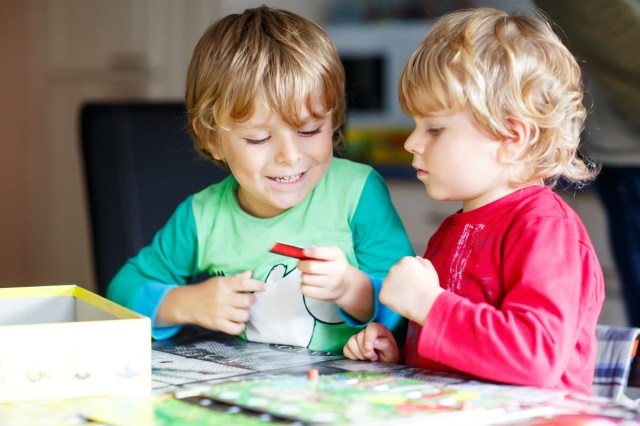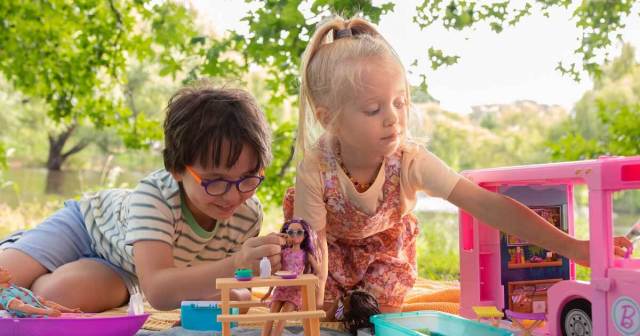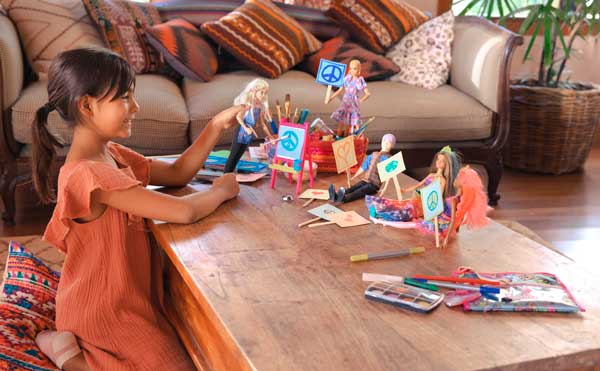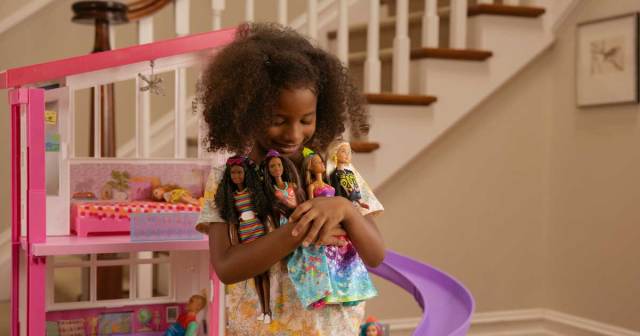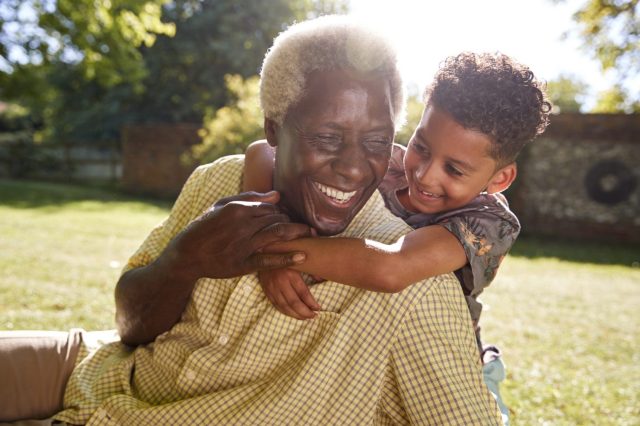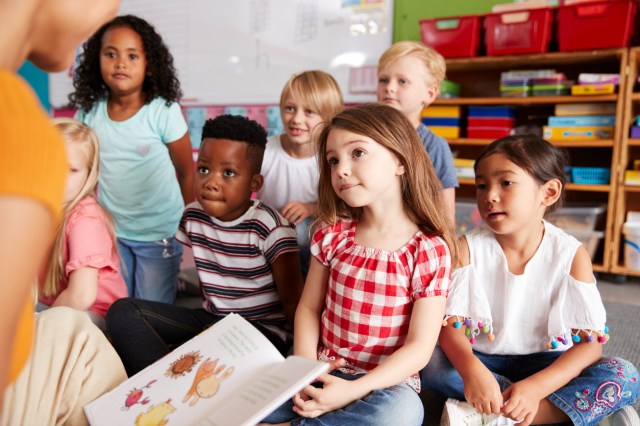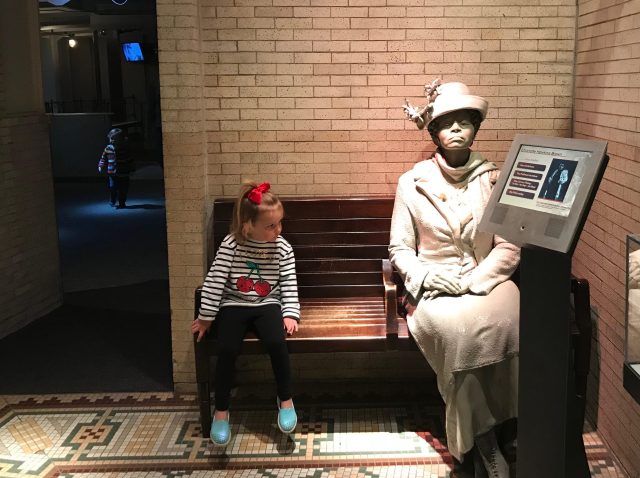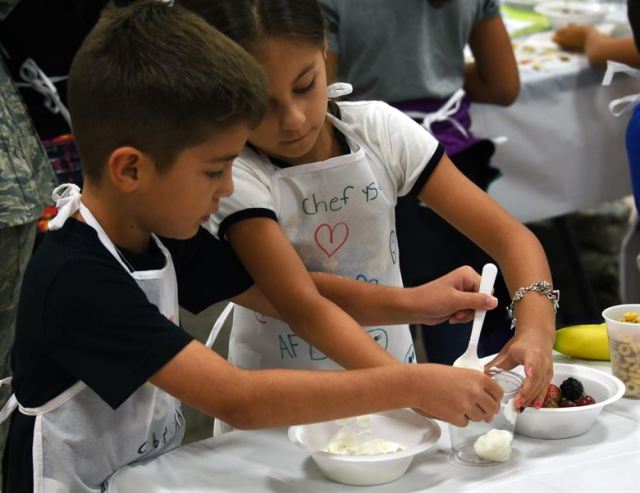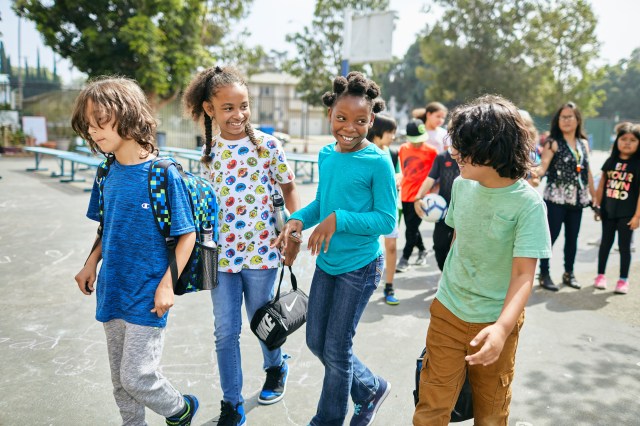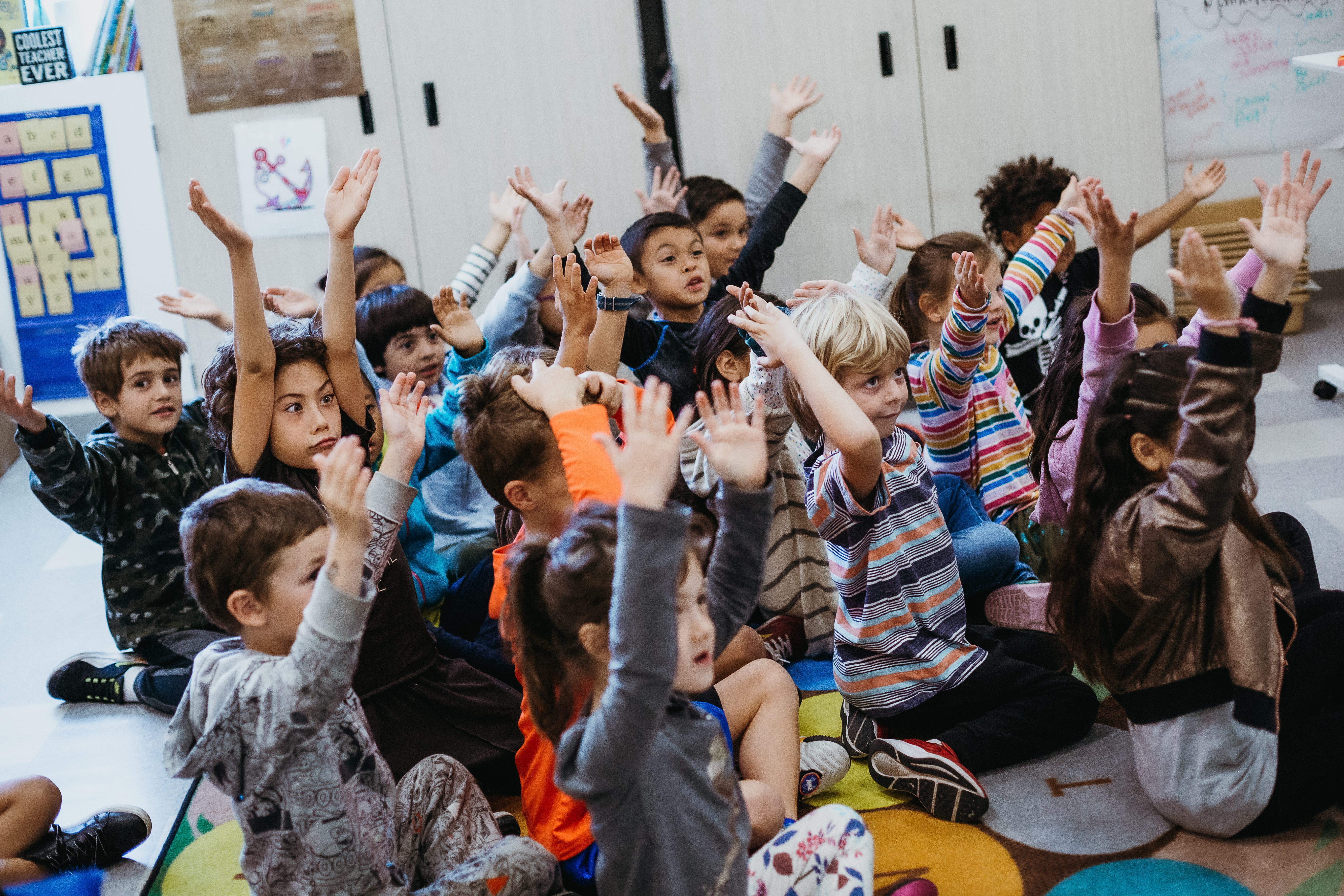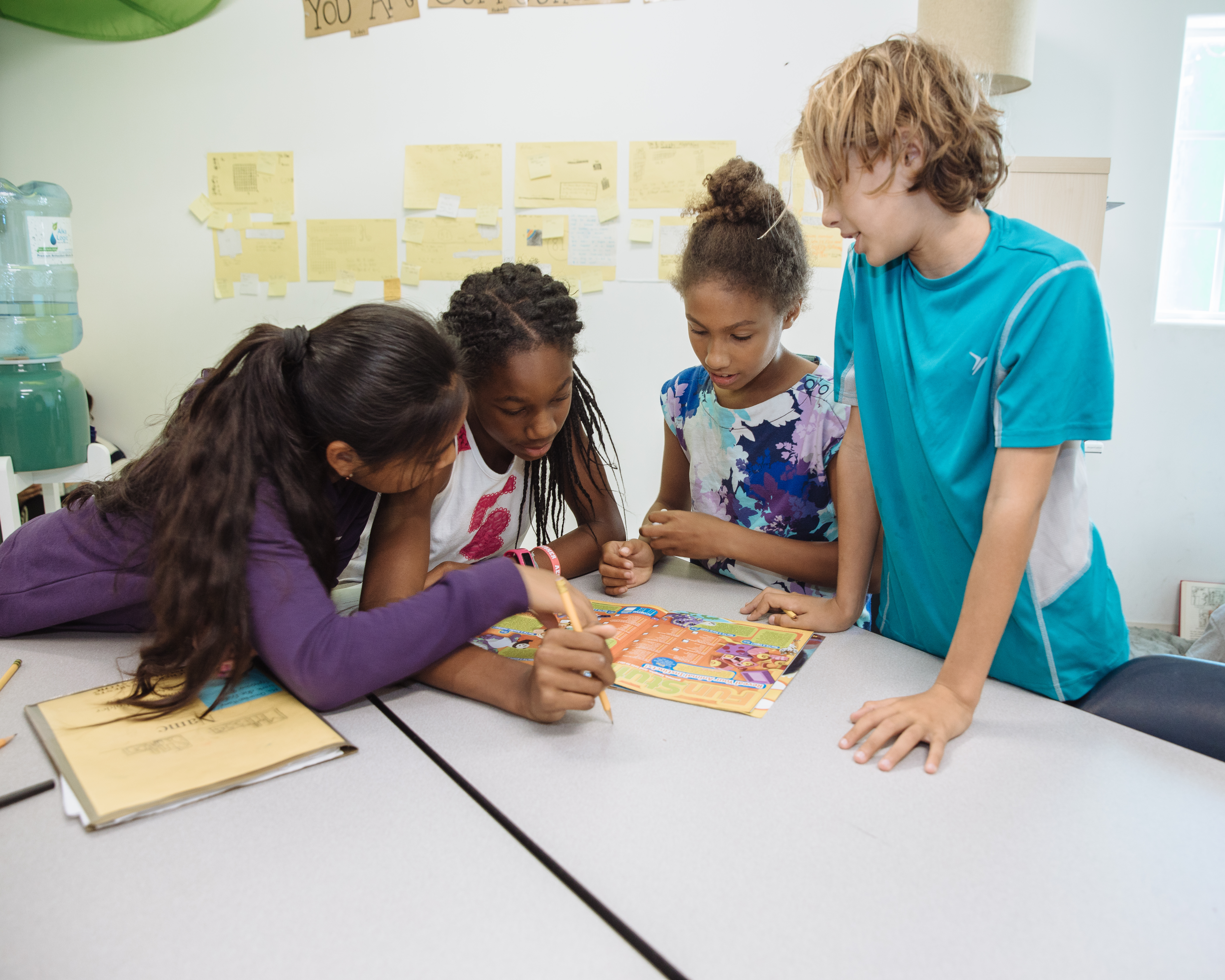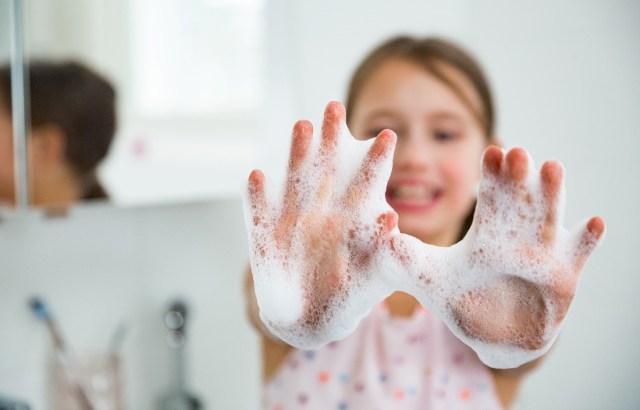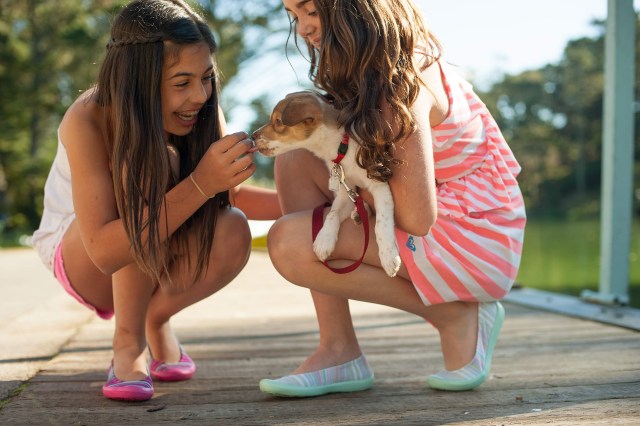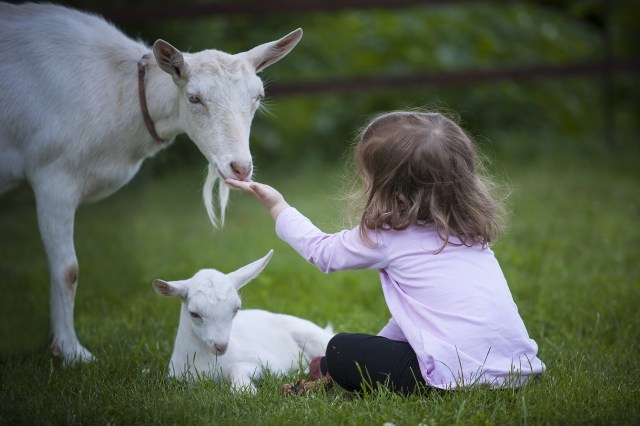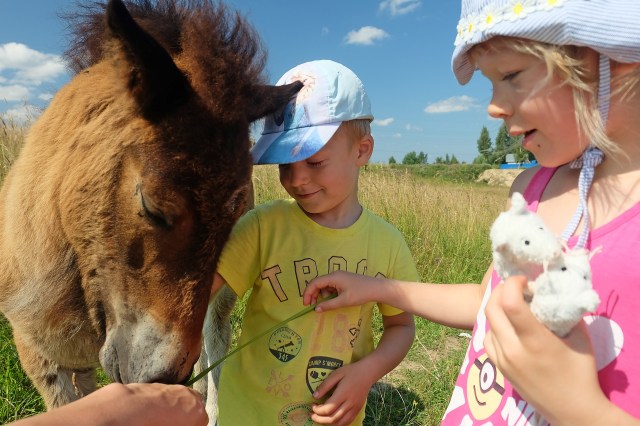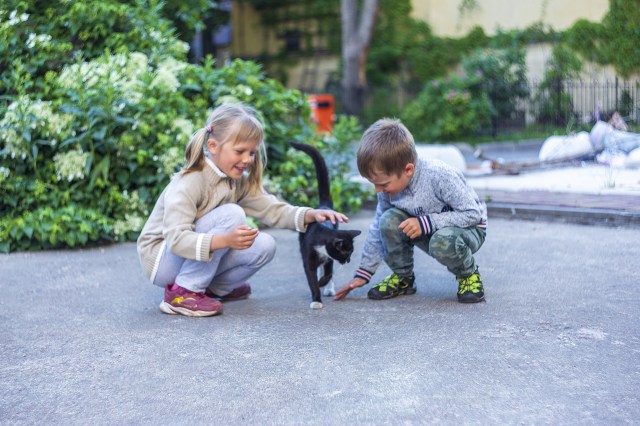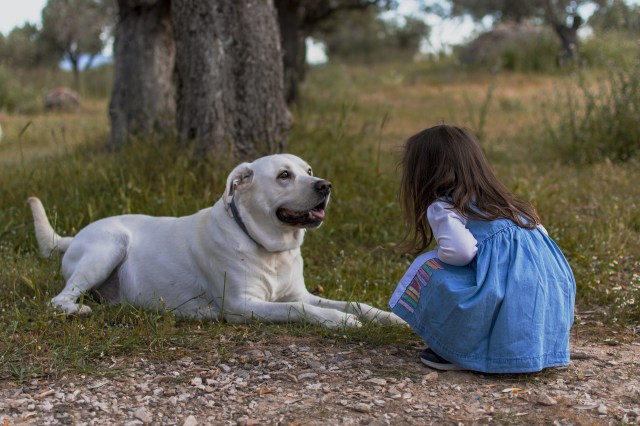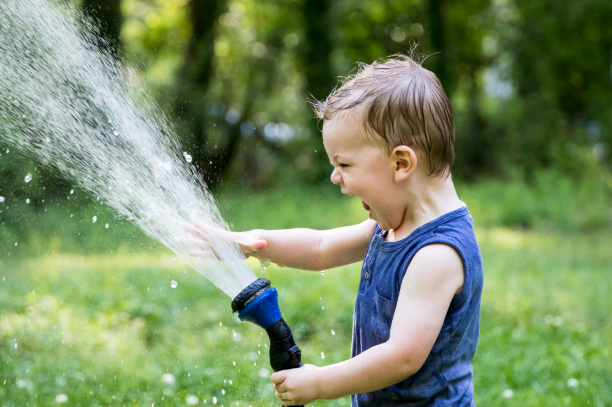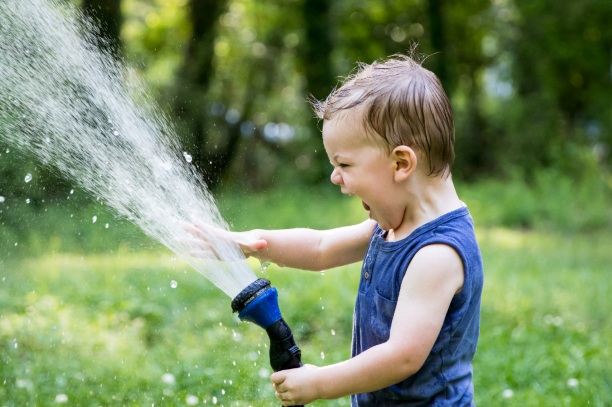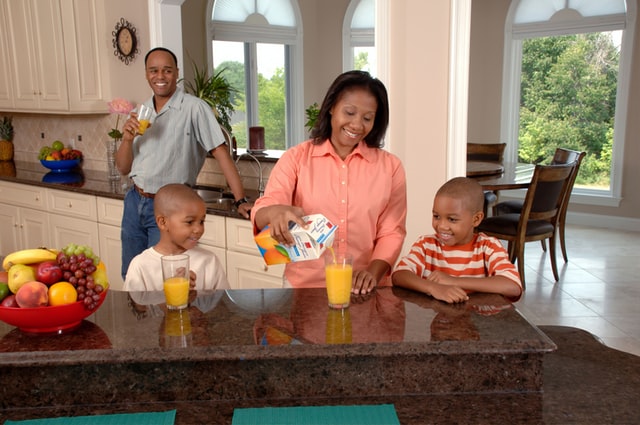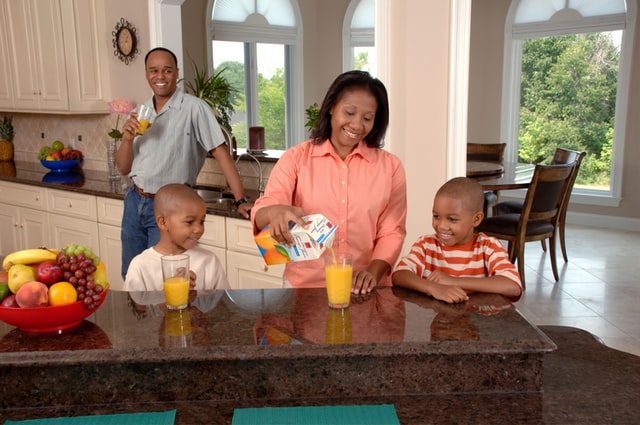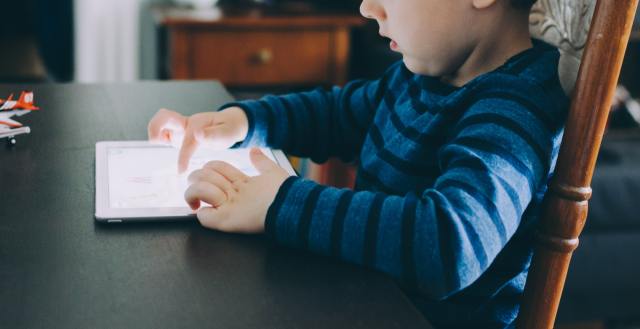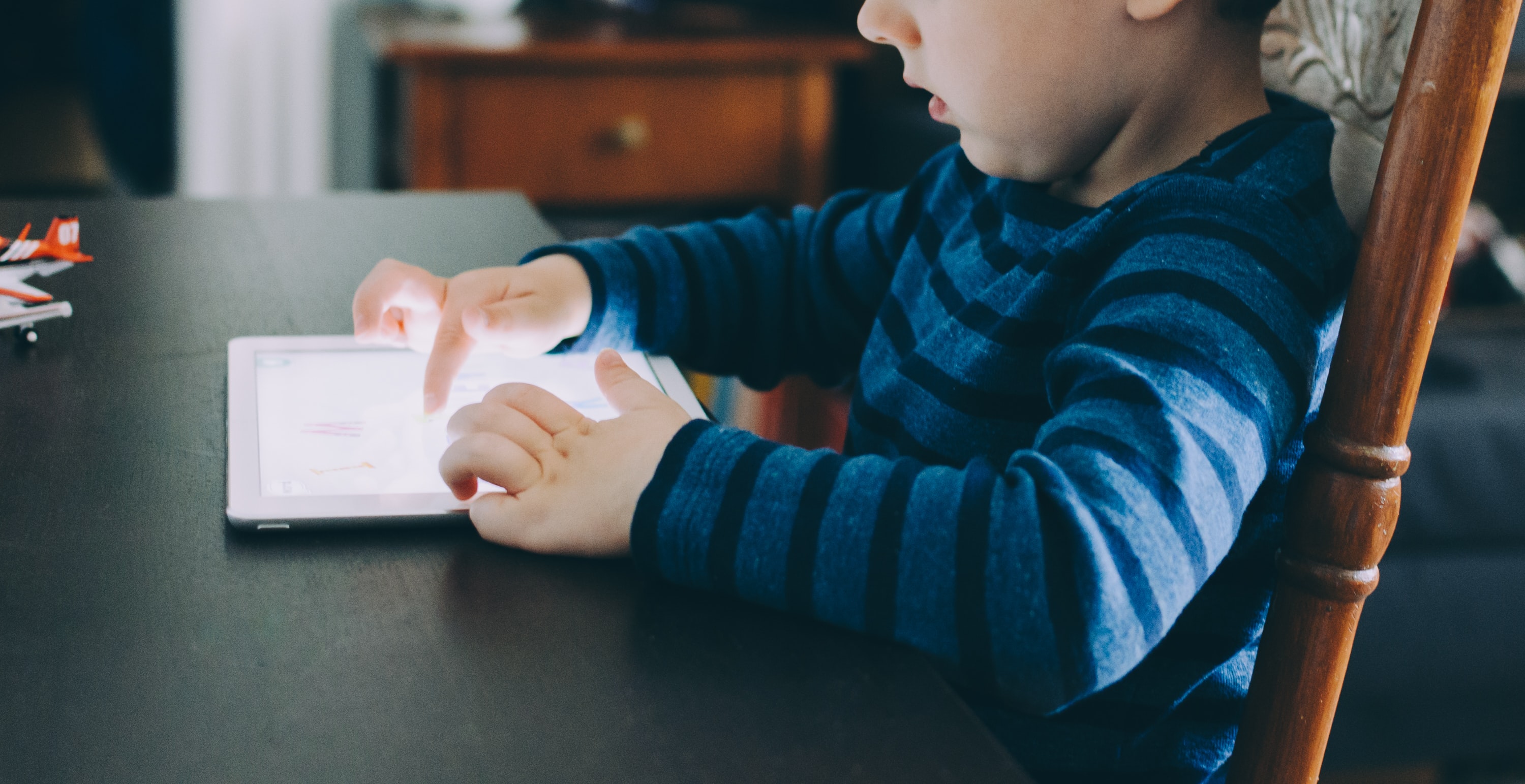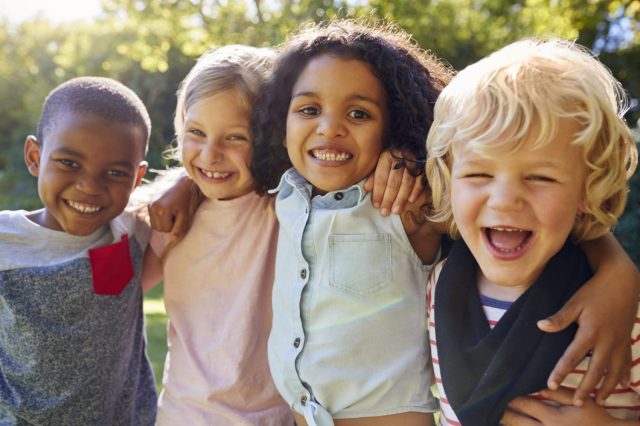Board games are a nostalgic activity that brings families together in a way that technology just can’t compete with. You may have fond childhood memories of playing Chutes and Ladders or Monopoly with your siblings and best friends, and now that you’re a parent, you can’t wait to play them with your child.
Because many of our favorites are a bit too advanced for our littlest players, we’ve come up with a list of introductory board games that will help your toddler build the skills needed for tackling trickier games that the whole family can play together.
(Note: While these board games are geared toward toddlers, we strongly recommend joining in the fun and keeping an eye on pieces your child might try to taste!)
Best Games for Getting the Wiggles Out
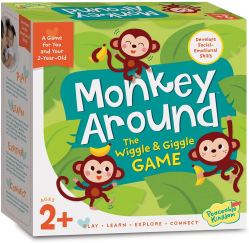
Monkey Around
$19 BUY NOWThis game is all about getting toddlers moving (balance, hop, march!) while learning about spatial concepts, developing coordination (catch the banana!), and building listening skills.
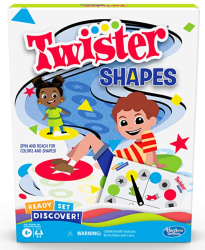
Ready Set Discover Twister Shapes Game
$20 BUY NOWYour toddler’s little limbs will love this mini version of the original Twister game you grew up playing! Ready Set Discover Twister Shapes Game will help them learn the concept of taking turns, while the bright colors and fun stars, triangles, squares, and circles will help them learn and recognize colors and shapes.
Best Games for Building Fine Motor Skills
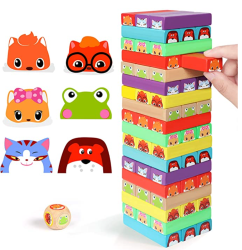
Lewo Colored Stacking Game Wooden Building Blocks
$20 BUY NOWThe Lewo Colored Stacking Game is just like Jenga but with colorful blocks and cute baby animal faces. Toddlers will put their fine motor skills to the test using the little hammer to try to move the pieces without knocking over the tower—though we think watching the tower tumble to the ground may just be the best part!

Aitey Wooden Magnetic Fishing Game
$23 BUY NOWToddlers will have a blast stacking, fishing, lacing, and balancing in Aitey’s Fishing Game! And if all the skills your child will be learning and practicing aren’t reason enough to love this game, we know you’ll appreciate its eco-friendly materials. $19.99
Best STEM Games
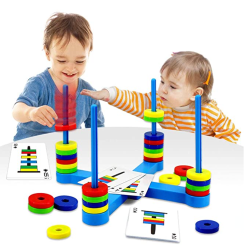
VATOS Board Magnetic Kids Game
$20 BUY NOWVATOS Board Magnetic Kids Game will help even the littlest tots build their math and engineering skills while stacking magnetic pieces into colorful patterns. $19.99
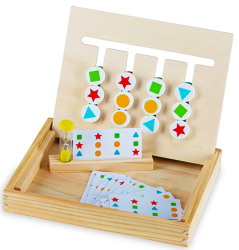
Play Brainy Shape and Color Matching Puzzle Game
$15 BUY NOWPlay Brainy’s Fun Color & Shape Game is a great way to get your toddler’s cognitive thinking skills in gear. Once they understand the concepts, they can play on their own (hooray!).
Best Cooperation & Community Games
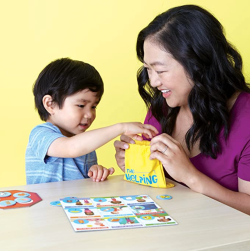
Peaceable Kingdom Friends and Neighbors: The Helping Game Emotional Development Cooperative Game for Kids
$18 BUY NOWFriends and Neighbors: The Helping Game takes a simple matching game to a new level with social-emotional concepts that teach toddlers empathy and compassion while helping friends and neighbors they encounter along the way. And there’s no competition or winner in this game—just FUN!
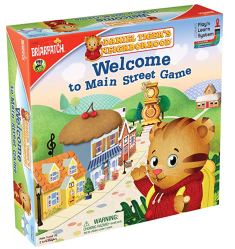
Daniel Tiger's Welcome to Mainstreet
$14 BUY NOWToddlers will enjoy interacting with their favorite PBS characters as they make their way through town in Daniel Tiger’s Welcome to Mainstreet—all while building essential social, counting, and coordination skills.
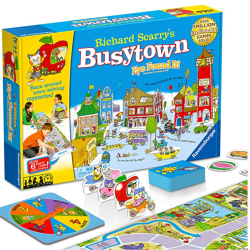
Richard Scarry's Busytown, Eye Found It
$28 BUY NOWWe couldn’t end our list without a trip down memory lane! Who didn’t grow up loving Richard Scarry's books? The Richard Scarry Busytown Eye Found It board game may have simple, easy-to-follow instructions, but toddlers will be challenged to use their matching and attention skills while they race across town finding hidden objects and solving mysteries.
—Candace Nagy
RELATED STORIES
